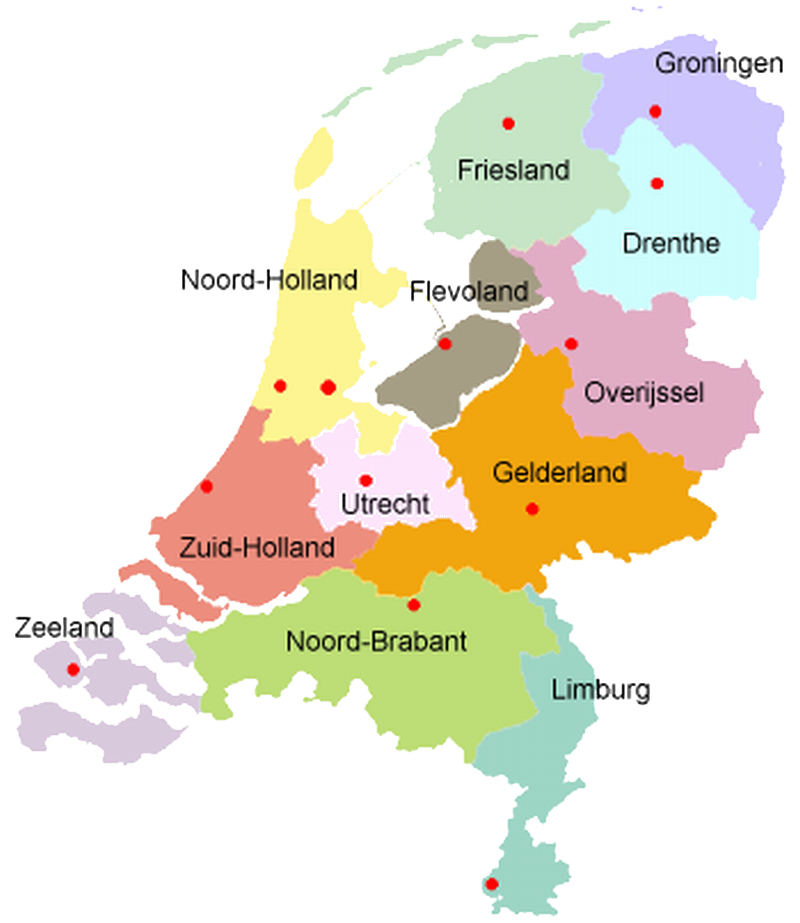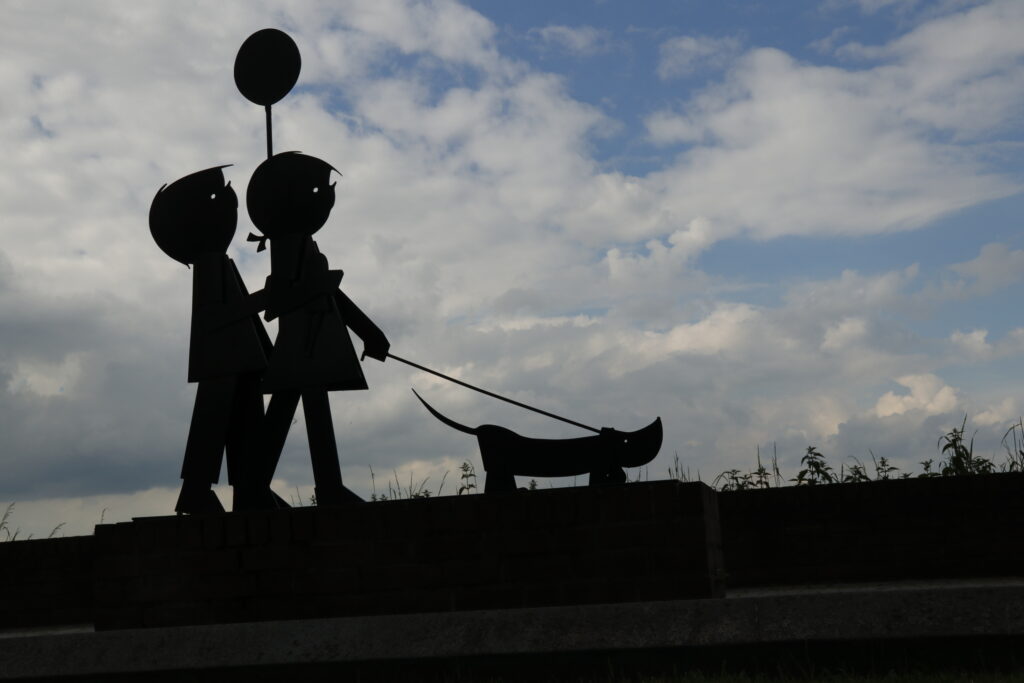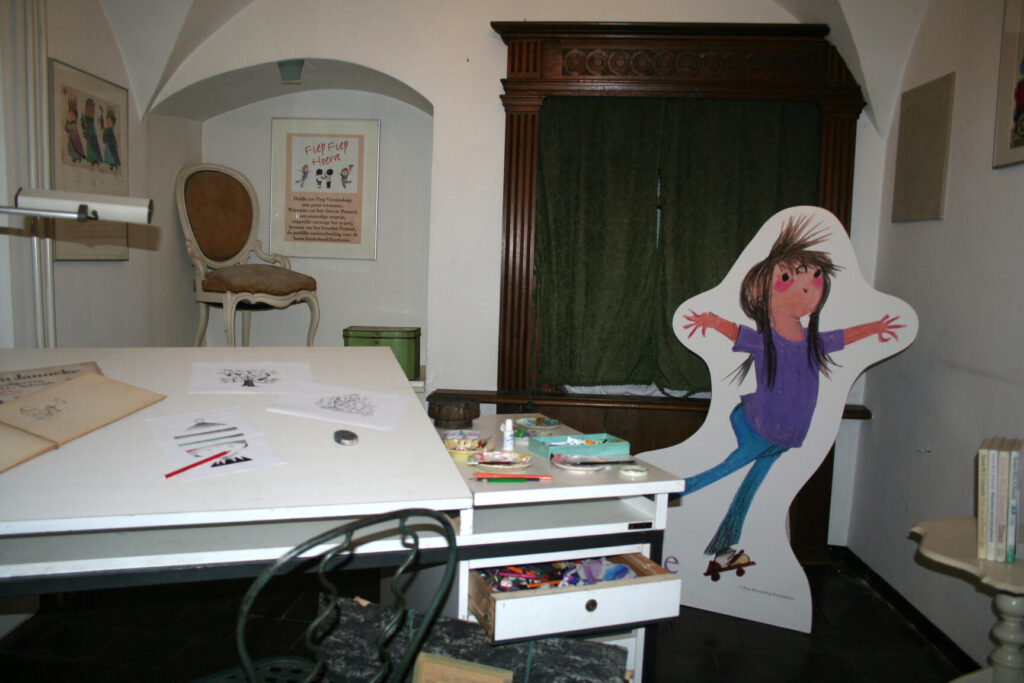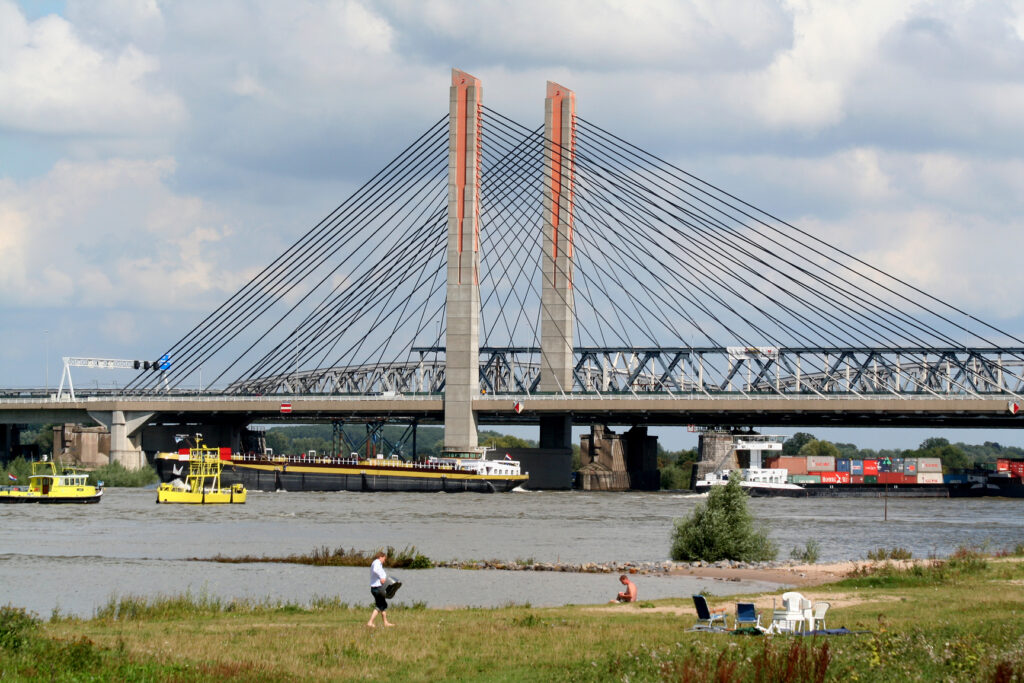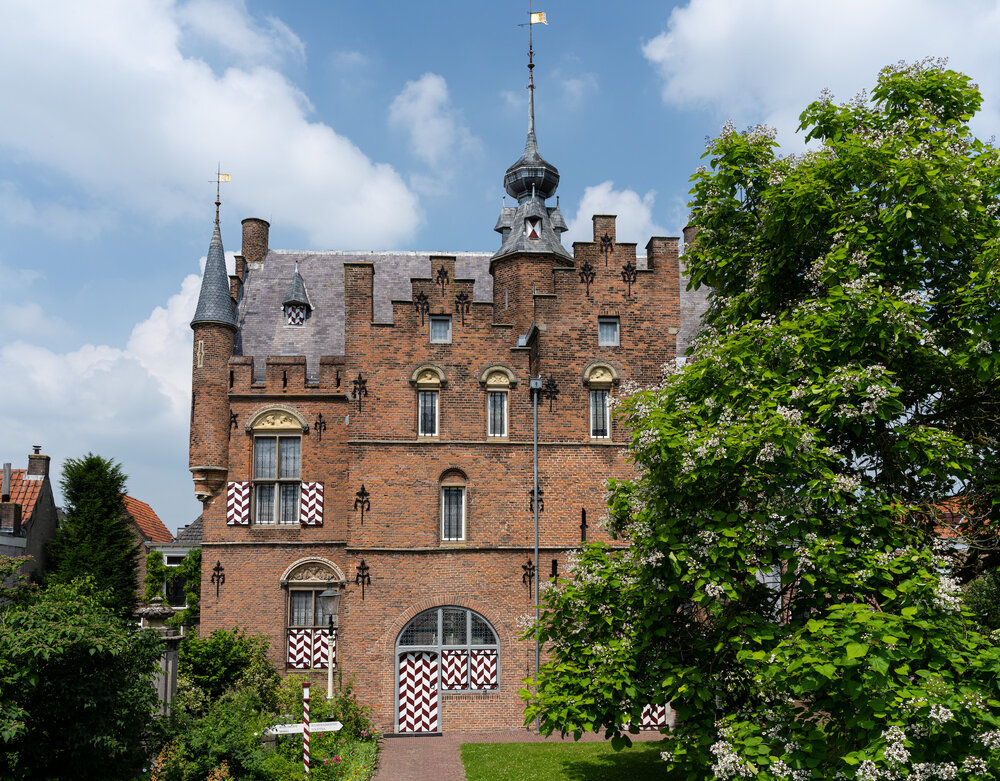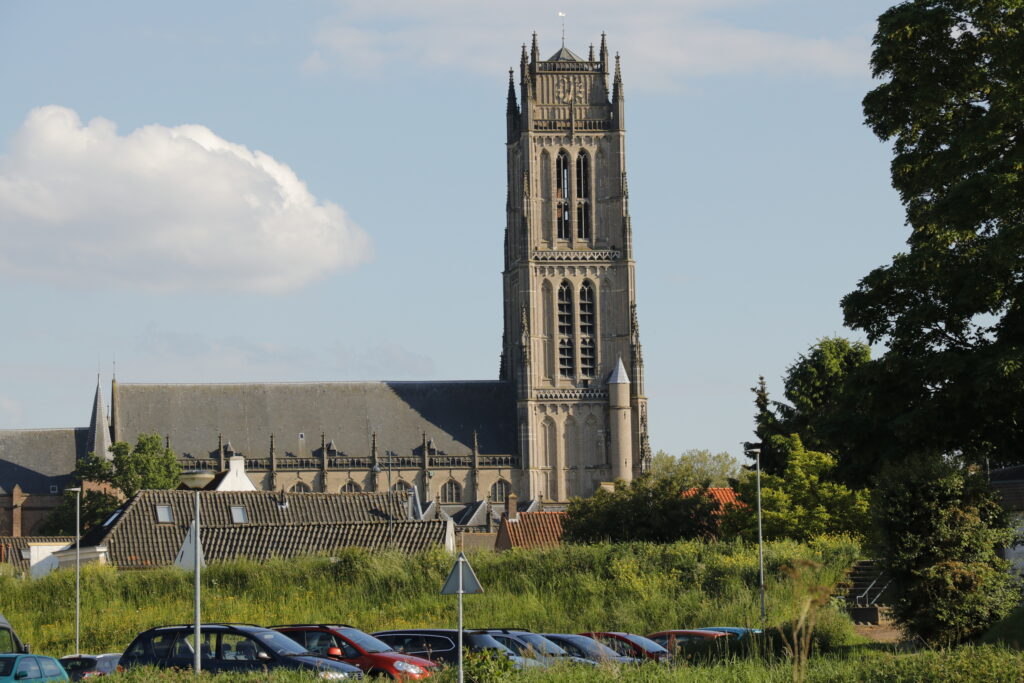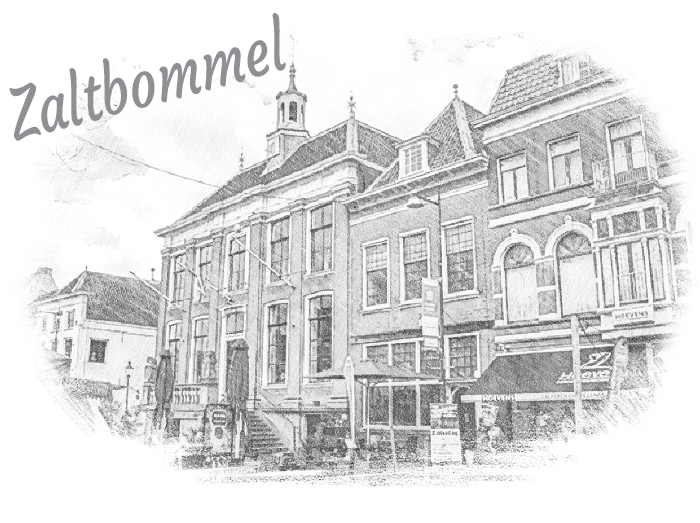
Zaltbommel offers visitors a glimpse into the past
Zaltbommel is a charming town that exudes history, culture, and natural beauty. With its cobbled streets, centuries-old architecture, and serene riverfront, Zaltbommel offers visitors a glimpse into the past while maintaining a welcoming and vibrant atmosphere.
One of the town’s most iconic features is the Sint Maartenskerk, a stunning Gothic church that dominates the skyline. Its intricate details and soaring spire reflect the town’s rich religious heritage. Zaltbommel’s historic center boasts well-preserved buildings, some dating back to the medieval period, creating an immersive experience for history enthusiasts.
The river Waal flows gently along the town, providing not only a picturesque backdrop but also opportunities for leisurely boat rides and riverside strolls. The charming terraces and cafes that line the riverbanks invite both locals and tourists to savor the tranquil ambiance.
Zaltbommel’s cultural scene is vibrant as well, with its annual events, including music festivals and art exhibitions, drawing people from all around. The local museums offer insights into the town’s past, showcasing its role in shaping Dutch history.
Visiting Zaltbommel is like stepping into a storybook, where narrow lanes wind through historic houses, and the sense of community is palpable. Whether you’re an architecture enthusiast, a history buff, or simply seeking a peaceful retreat, Zaltbommel promises an enchanting experience that captures the essence of the Netherlands’ timeless charm.
jip and janneke
Sophia Maria “Fiep” Westendorp was a Dutch artist, best known for the drawings of Jip and Janneke.
The stories of Jip and Janneke are about the daily life of two neighbor children, Jip and
Janneke. The dog Takkie and the cat Siepie are the important side characters.
Many of the stories take place in or around the house of one of the two
children. The parents of Jip and Janneke often appear in it, in particular
Jip’s mother. Other family members of Jip and Janneke also sometimes turn up.
From 1942 Fiep lived with her parents in Zaltbommel, where she worked on forging identity cards and made situation drawings of the Waaloever for the Allies.

Zaltbommel is more than a thousand years old.
The first mention of the city as Bomala dates back to the year 850. In the 13th century Zaltbommel grew into an important trading city and in the 15th century into a Hanseatic city of significance. On 13 December 1315, Count Reinald I granted it the same city rights as Zutphen and the fortifications were built, which are still there today.
The Martinus Nijhoff bridge
The Martinus Nijhoff bridge is a cable or cable-stayed bridge over the river Waal near Zaltbommel.
The bridge is the replacement of the old and too narrow Bommelse Bridge from 1933, which was demolished in April 2007. The bridge is named after the poet Martinus Nijhoff. Zaltbommel’s bridge is mentioned in Martinus Nijhoff’s sonnet The Mother the Woman with the opening line “I went to Bommel to see the bridge”. In the poem, it is not so much the bridge that is sung as the psalm-singing woman who sails by on a ship.
The bridge has a lane on the west side separated from the fast traffic for slow traffic, including pedestrians. East of the Martinus Nijhoff bridge is the railway bridge (Dr. W. Hupkesbrug) from 1869..
maarten van rossumhuis
Between about 1535 and 1540, the Gelderland army commander Maarten van Rossem (ca. 1495-1555) had this building built.
The building served as a residence, but the thick stone walls, small corner towers, stair tower and battlements give it the appearance of a small castle. Maarten’s high military position and social status earned him wealth. Between 1884 and 1934, the district court was located in the house. When that was abolished in 1934, the local antiquities room moved into the building in 1937. In the 50s, the collection of the antiquities room formed the basis of the Maarten van Rossem museum and the current City Castle.

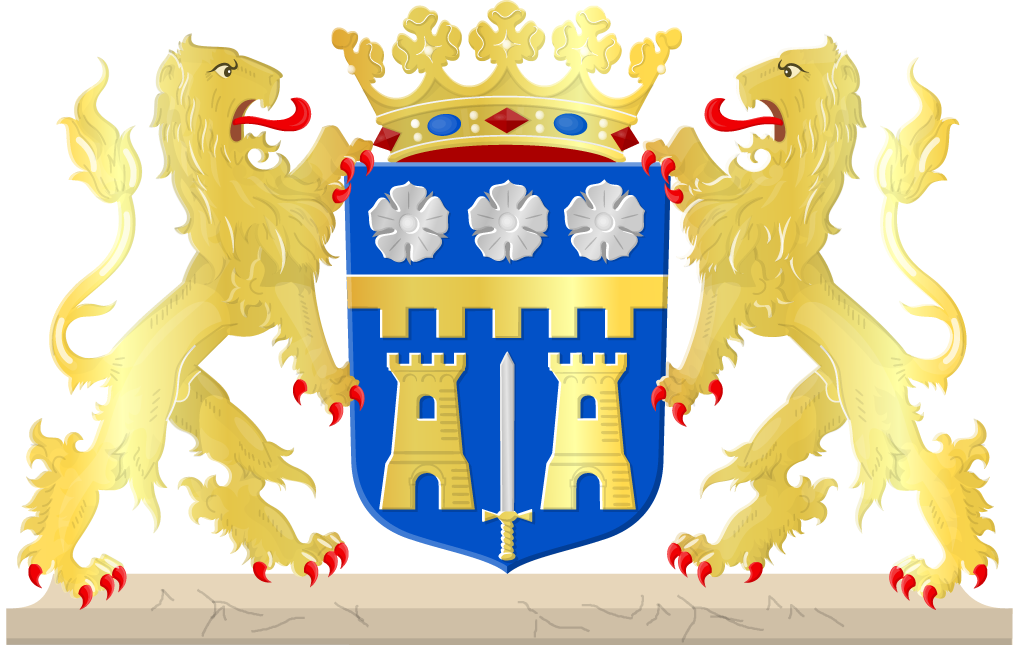
The coat of arms of Zaltbommel is a prominent symbol representing the Dutch municipality of Zaltbommel. The crest of the coat of arms consists of a blue shield with two golden castle towers. The towers represent the town’s notable medieval fortress, which played a significant role in Dutch history. The shield is supported on either side by two lions standing upright, symbolizing strength and courage.
The coat of arms was granted to the town by the Dutch States General in 1816, and has since been used as the official emblem of the municipality. Zaltbommel is a picturesque Dutch town located on the banks of the River Waal and has a rich cultural heritage. The coat of arms is a central part of the town’s identity as a historic and significant Dutch municipality.
The Grote or Sint-Maartenskerk
The Grote or Sint-Maartenskerk of Zaltbommel is a large basilica with a three-aisled nave and a single-aisled choir and is considered one of the most important examples of the Lower Rhine Gothic. It is now a Protestant (PKN) church.
The tower had a thirty-meter-high spire, making it a total of 100 meters high. Lightning burned down that spire in 1538. The more modest successor also fell prey to the flames. In 1708 the substructure of a new spire was finished, but work ceased and was not resumed. During a restoration in the early twentieth century, this substructure was removed and the tower got its current appearance. The entire church is vaulted in stone.
Zaltbommel is known, among other things, for its church tower without a spire about which a well-known song (In die grote stad Zaltbommel) is about. According to the text, the spire was lost in a flood, in reality it was by lightning in 1538.






